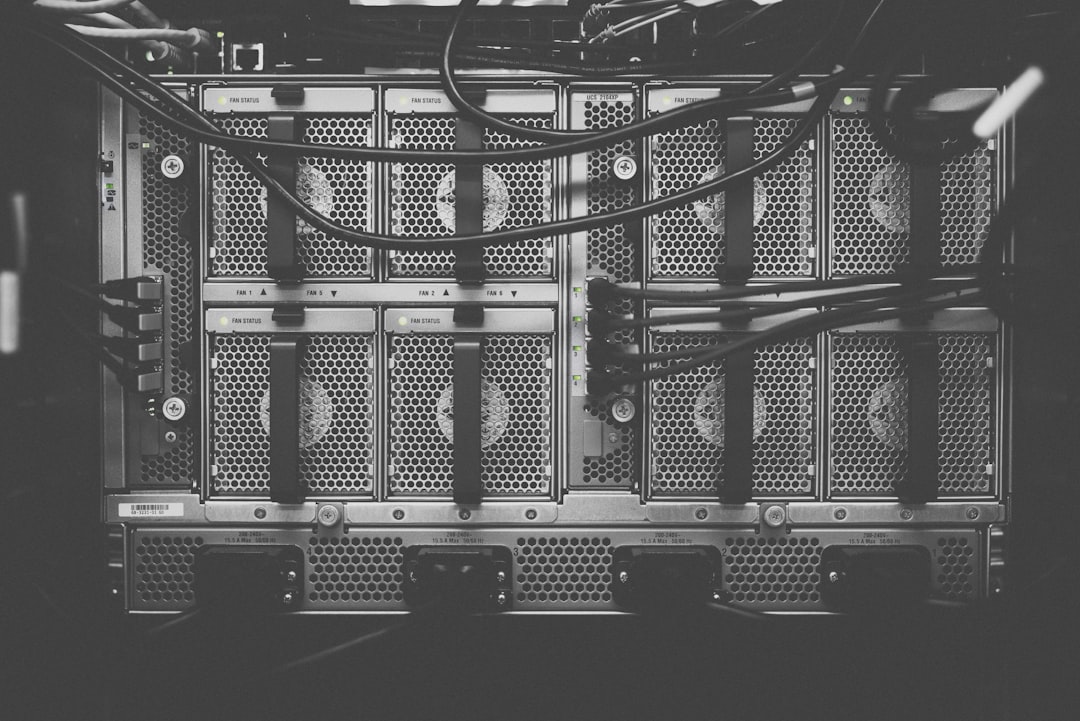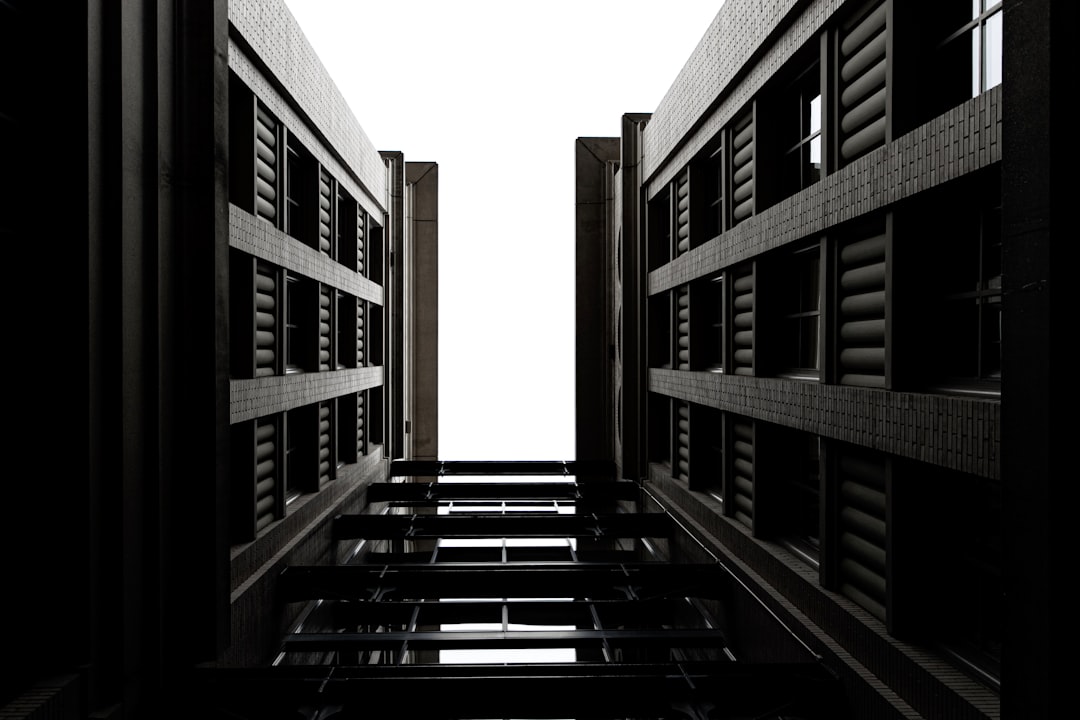Ever wonder who actually owns the stuff that makes the cloud work? You know, all the wires, computers, and magical tech that lets us watch videos, play games, and store selfies online? Let’s break it down and find out who’s behind the curtain of the public cloud!
The simple answer? The cloud provider owns it.
In a public cloud, the company that provides the cloud service is the one who builds, buys, and maintains the physical infrastructure. You, as the user, just rent it.
But Wait… What Is the Public Cloud?
The public cloud is like a massive apartment complex — but instead of apartments, it’s filled with powerful computers and networks. Regular people and businesses pay rent to use those computers for storage, running software, and lots more.
Examples of big public cloud providers are:
- Amazon Web Services (AWS)
- Microsoft Azure
- Google Cloud
- IBM Cloud
These tech giants build giant data centers around the world. They fill them with servers, networks, and cool security systems to keep everything safe and running.

Who Pays for the Hardware?
Cloud providers do! They spend billions of dollars to set up data centers filled with racks of servers, huge cooling systems, backup power, and more. It’s like building a super high-tech warehouse where they store digital products instead of boxes.
So when you sign up to use a public cloud service, all that equipment stays with the provider. You’re just borrowing it — like borrowing someone else’s car through an app.
So, What Do I Own?
Great question.
You don’t own the hardware. But you do own what you put into the cloud. That means:
- Your files
- Your apps
- Your data
Think of it like renting a storage unit. The storage company owns the building, but what you put inside? That’s yours.
How Do They Keep It All Running?
Public cloud providers hire giant teams of engineers, IT experts, and security analysts. These folks work around the clock to make sure everything runs smoothly.
They also build data centers across the globe so there’s no single point of failure. If a server goes down in one location, users are switched to another. This is called redundancy – and it helps keep services up no matter what.

Do Governments Play a Role?
Sometimes, yes. While the hardware belongs to the providers, governments can set rules about how data must be handled. This is especially true for sensitive information, like healthcare data or financial records.
So even though the company owns the machines, they have to play by local laws and rules where the data is stored. This is why cloud providers often build data centers in multiple countries – to follow regional laws while still giving fast service.
Why Does This Matter?
Knowing who owns the public cloud infrastructure helps you understand what you’re paying for. You’re buying flexibility, speed, and ease—not physical machines.
This setup lets you:
- Quickly start new projects
- Scale up or down as needed
- Avoid buying expensive hardware
- Focus on your business or study
Quick Recap!
To wrap it up:
- Cloud providers (like AWS, Google, Microsoft) own all the hardware and physical stuff.
- You own whatever you store or run in the cloud.
- They maintain, protect, and upgrade the systems — so you don’t have to.
All the magic behind the scenes? It’s handled by tech wizards working at massive companies with massive data centers.
And now, next time someone talks about “the cloud,” you’ll know exactly who’s holding it up!



